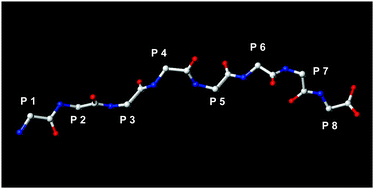Quantitative structure–activity relationship (QSAR) analysis is a main cornerstone of modern informatic disciplines. Predictive computational models, based on QSAR technology, of peptide-major histocompatibility complex (MHC) binding affinity have now become a vital component of modern day computational immunovaccinology. Historically, such approaches have been built around semi-qualitative, classification methods, but these are now giving way to quantitative regression methods. The additive method, an established immunoinformatics technique for the quantitative prediction of peptide–protein affinity, was used here to identify the sequence dependence of peptide binding specificity for three mouse class I MHC alleles: H2–Db, H2–Kb and H2–Kk. As we show, in terms of reliability the resulting models represent a significant advance on existing methods. They can be used for the accurate prediction of T-cell epitopes and are freely available online (http://www.jenner.ac.uk/MHCPred).
You have access to this article
 Please wait while we load your content...
Something went wrong. Try again?
Please wait while we load your content...
Something went wrong. Try again?


 Please wait while we load your content...
Please wait while we load your content...